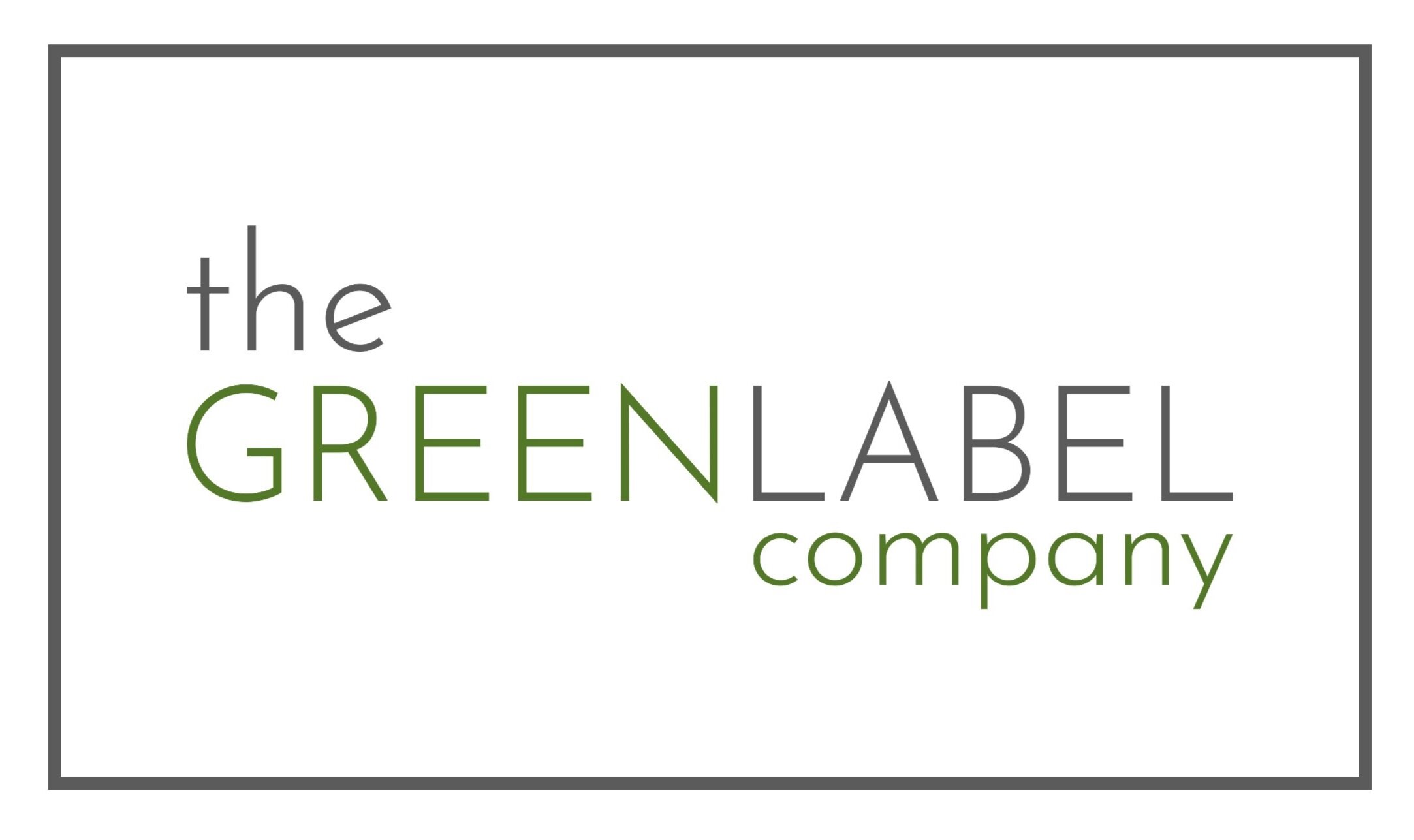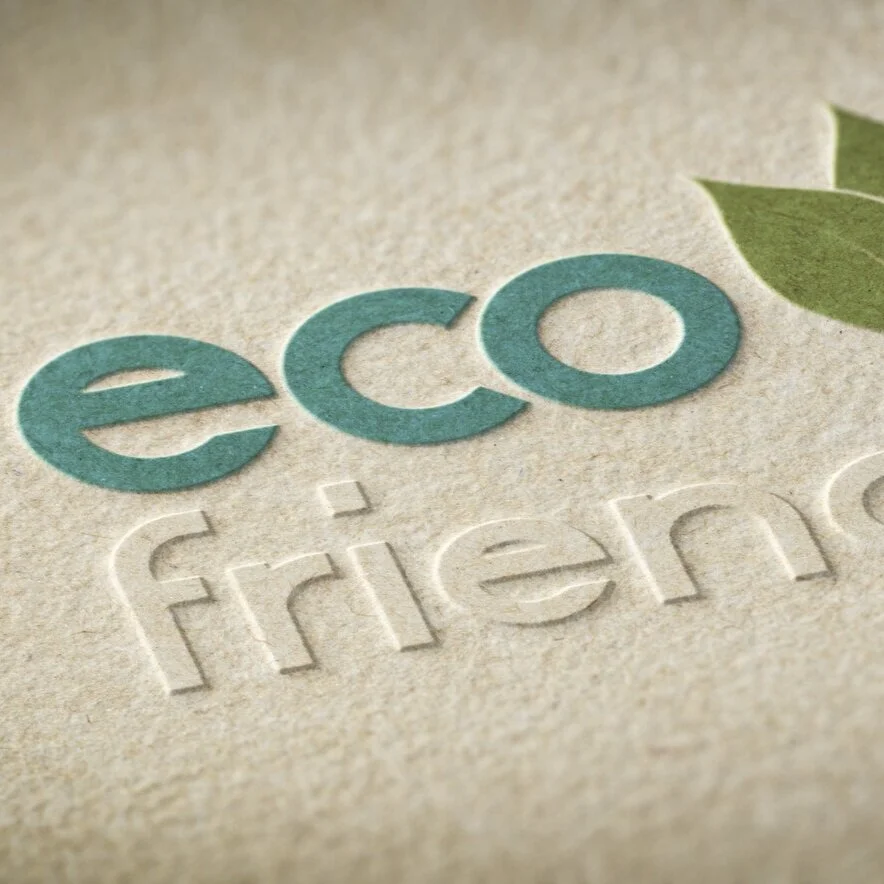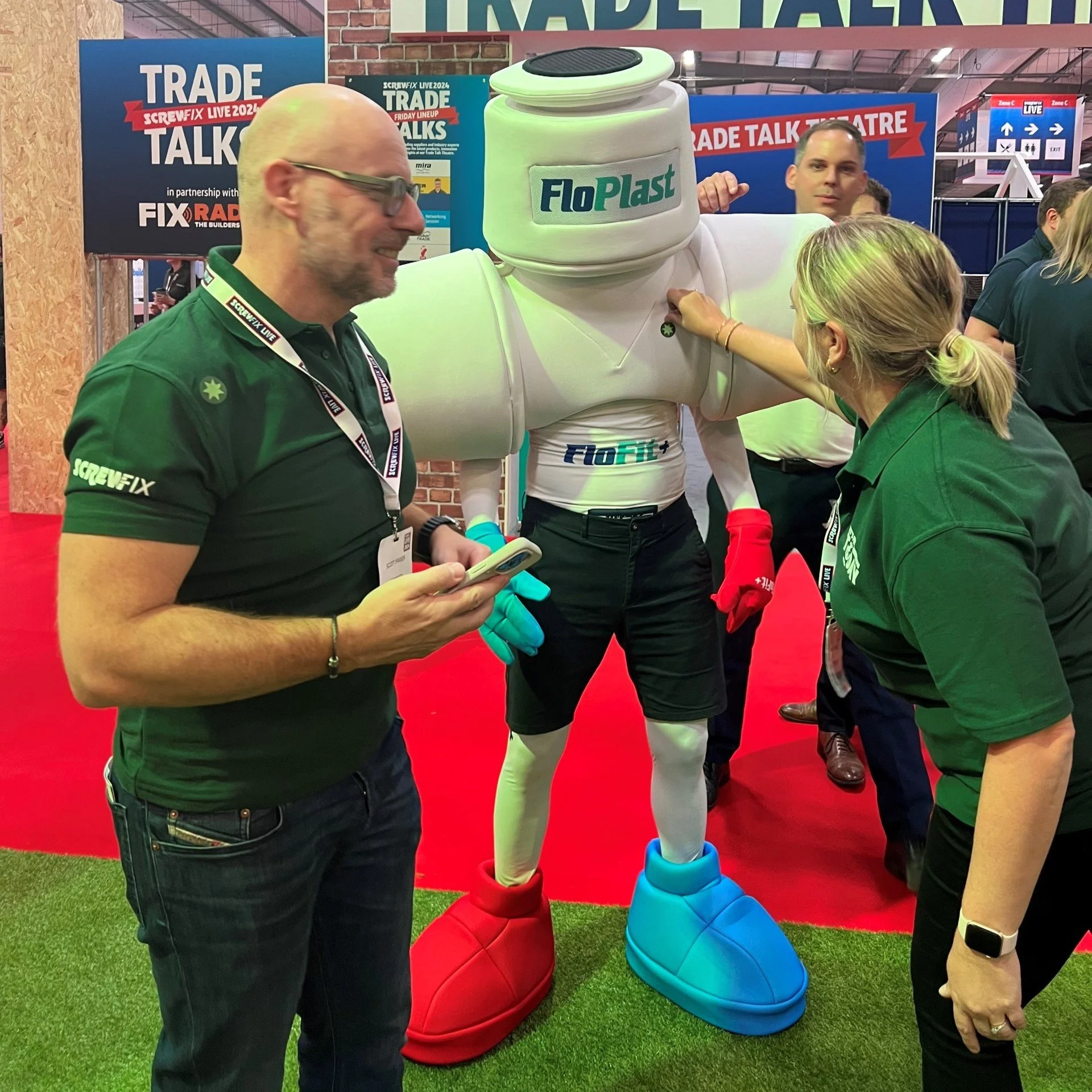Die Cut Labels vs Standard Shapes
Die-Cut Labels vs. Standard Shapes:
Which is Right for Your Brand?
Since deciding that eco-friendly label materials are the way forward, you now face the decision between die-cut labels and standard-shaped labels. Both options have their own set of advantages and applications, but understanding their differences can help you make an informed choice that aligns with your label needs.
What are die-cut labels?
Die-cut labels are labels that are cut into a specific shape, rather than the standard square or rectangular format for example. The term "die-cut" refers to the process of cutting, which uses a metal tool called a "die" to cut the label material into special custom shapes. These labels are useful where branding and visual appeal are of high importance. The custom shapes allow businesses to have more flexibility and creativity in label design, helping products to stand out on shelves. But is this always the case and are die-cut labels worth the extra expense and attention to detail?
We made comparisons of die-cut labels and standard shapes to help you determine which might be the best fit for your products. This table highlights the strengths and trade-offs between die-cut and standard-shaped labels, helping you choose based on your priorities.
Feature |
Die-Cut Labels |
Standard Shaped Labels |
|---|---|---|
Design Flexibility |
Unparalleled; can be customised to virtually any shape or contour, enabling unique labels and creative designs. Good way to enhance brand identity and recognition. |
Limited to predefined shapes (rectangles, circles, ovals); less flexibility but cost-effective labels. Good for labels with minimalistic design. |
Aesthetic Appeal |
High; conforms to product contours for labels with a seamless and sophisticated look, enhancing visual impact. |
Traditional and uniform; clean and professional labels but lacks the eye-catching appeal of die-cut labels. |
Production Costs |
Typically higher due to custom cutting; justified by appearance and differentiation. Great for premium packaging. |
More cost-effective; lower setup and cutting costs, suitable for budget-conscious labels or high-volume labels. |
Application and Practicality |
Versatile; can fit irregular surfaces but may pose challenges with automated labelling systems. |
Easier to apply; works well with automated label machines due to consistent dimensions and shapes. |
Branding and Differentiation |
Offers significant opportunities for differentiation and creative expression, making products more memorable. |
Provides a conventional approach; effective for straightforward branding and communication. |
Environmental Considerations |
Can be eco-friendly with biodegradable or compostable label materials, aligning with sustainability trends. |
Available in sustainable label materials; supports environmental goals, although less customisable. |
Choosing between die-cut labels and standard label shapes and sizes ultimately depends on your brand’s priorities and objectives. Die-cut labels offer unparalleled design flexibility, aesthetic appeal, and differentiation, making them ideal for brands looking to make a strong visual impact. On the other hand, standard shapes provide cost-effective, practical solutions with a traditional appearance.
By evaluating your budget, and desired impact, you can make an informed decision that aligns with your packaging goals and enhances your product’s success in the marketplace.
Need help in choosing the best shaped labels for you?
The GREEN LABEL company can advise you on getting the very best out of your sustainable labels. We are not an online service; we are real people with an abundance of experience waiting to be shared. We’re here to find ways of enhancing your product's success with the perfect eco-friendly label.












